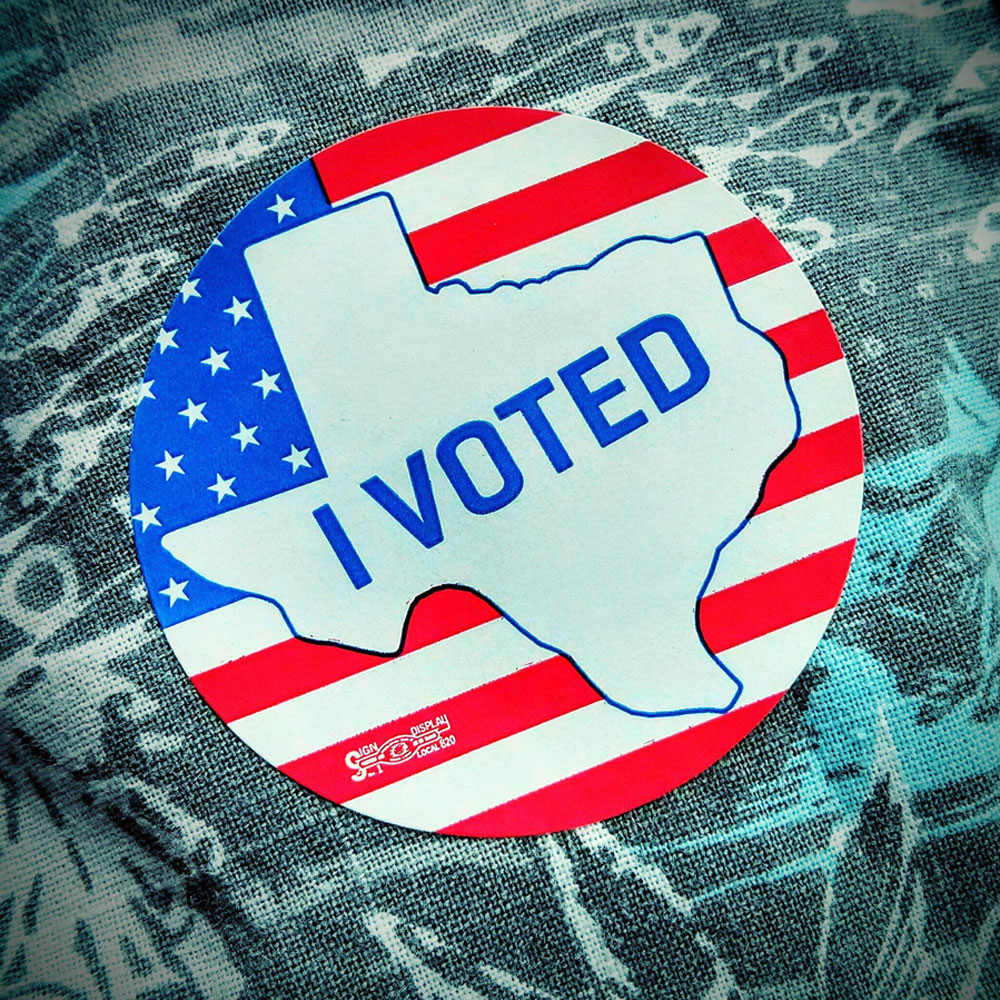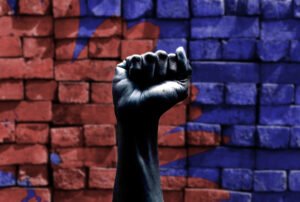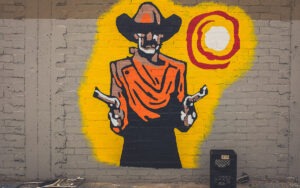
October 16, 2020; Texas Observer
In Texas, according to the US Census, people of color constitute 58.8 percent of the state’s nearly 29 million people. This is not so different than California, where people of color are 63.5 percent of residents. Yet the politics of California are very different than Texas. Part of this has to do with the different political outlooks of the Latinx populations of the two states. In both states, people of Latinx descent constitute nearly two in five residents, but California’s Latinx voters have skewed much more heavily in the Democratic direction than their Texan counterparts.
But, as Michael Barajas of the Texas Observer details, there is another factor that also helps explain the divergence—namely, voter suppression. According to Barajas, “The state’s top Republican officials have waged a multi-pronged battle to restrict ballot access during the pandemic.”
Barajas adds, “The barrage of efforts to limit safe voting options for Texans during the pandemic is symptomatic of a deeper sickness in the state’s politics, one that’s become increasingly obvious in recent years as a growing number of eligible Black and Latinx voters threatens the GOP’s stranglehold on power.”
As Barajas observes, for years, Texas has had highly restrictive voter registration rules that result in the state ranking at or near the bottom in the nation for voter participation. Barajas adds that, “Democratic organizers have long called Texas a ‘non-voting state’ rather than a red one.”
Since the US Supreme Court in Shelby County v. Holder eviscerated the Voting Rights Act, there has been a wave of laws passed to restrict voting rights. Texas was no exception. As Barajas reports, “Texas has implemented one of the strictest voter ID laws in the nation, passed legislation making mail-in voting more burdensome, eliminated more polling places than any other state, and attempted to purge tens of thousands of naturalized citizens from its voter rolls.”
Sign up for our free newsletters
Subscribe to NPQ's newsletters to have our top stories delivered directly to your inbox.
By signing up, you agree to our privacy policy and terms of use, and to receive messages from NPQ and our partners.
Barajas adds that amid the pandemic, “Unlike a majority of states, Texas continues to fight online voter registration and limits who can vote by mail.” Indeed, in early October, Abbott issued an executive order restricting mail ballot collection boxes to one per county. “They’re not even trying to hide it anymore,” says Myrna Pérez, director of the voting rights and election project at the nonprofit Brennan Center for Justice, one of many groups that is challenging Abbott’s voting restrictions in court.
The roots of voter suppression in the US run deep. Barajas lifts up a study last year by Jhacova Williams, an economic historian at Clemson University (now at RAND), who found in her study that counties in the US South that experienced a higher number of lynchings in the past have lower voter Black voter registration rates today, even after accounting for education, earnings, and incarceration rates.
“While the methods of suppression have changed, the motivation today seems to be the same as it was during Reconstruction, a changing electorate that challenges white power,” observes Barajas.
“It fits into this legacy of terrorizing, intimidating, scaring, and confusing voters in order to limit their power,” says Carol Anderson, a professor at Emory University who studies voter suppression and is author of One Person, No Vote.
In recent years, many organizations like MOVE Texas—MOVE stands for Mobilize, Organize, Vote and Empower—have, despite the obstacles, succeeded at boosting turnout among youth voters. Alex Birnel, advocacy manager with MOVE, tells Barajas that he does not believe that the younger generation will forget the efforts to suppress their votes.
“I almost want to frame the story of voting in Texas another way, as one of an unstoppable force running into a seemingly immovable object,” Birnel says. “These young voters are increasingly Black and brown, and the relationship between these voters and the forms of suppression are very obvious to an increasing number of people,” he says. “We’ll remember that at the ballot box. I think we know a threat when we see one.”—Steve Dubb













